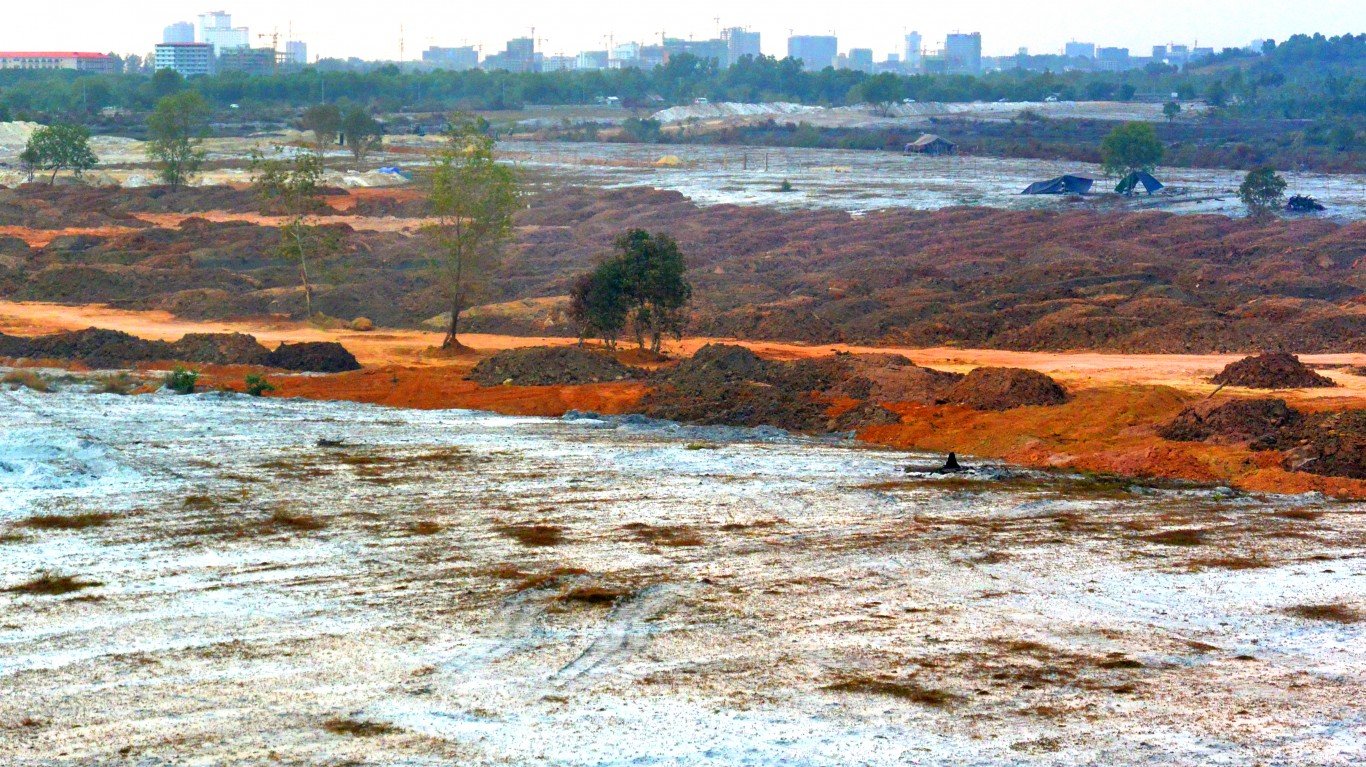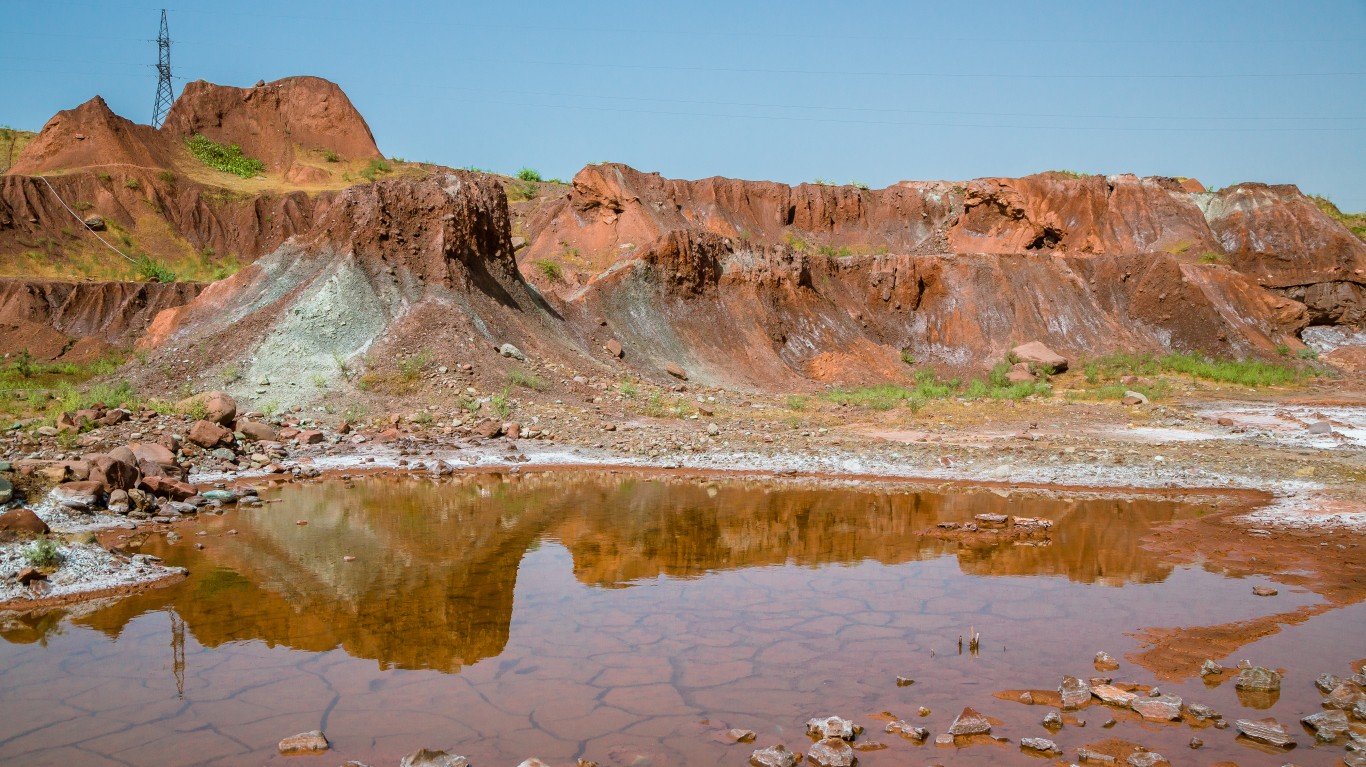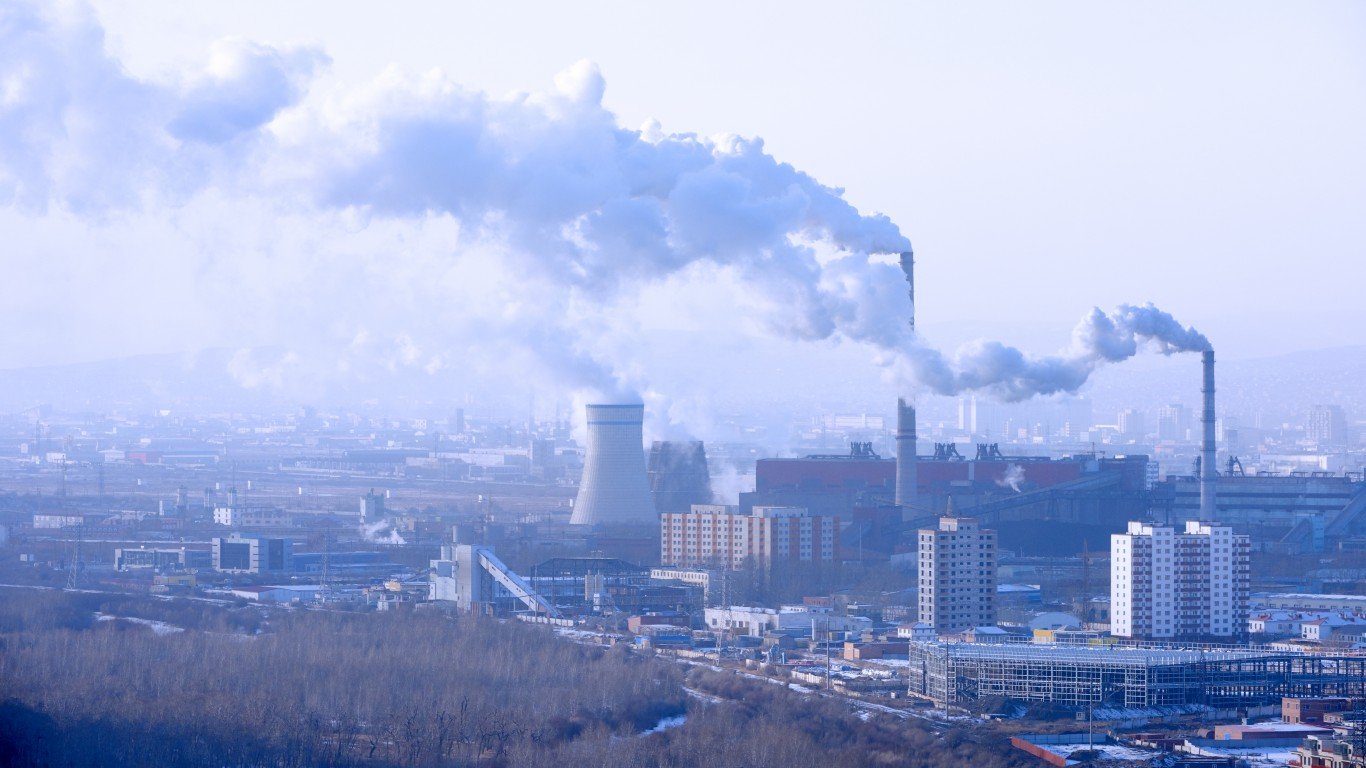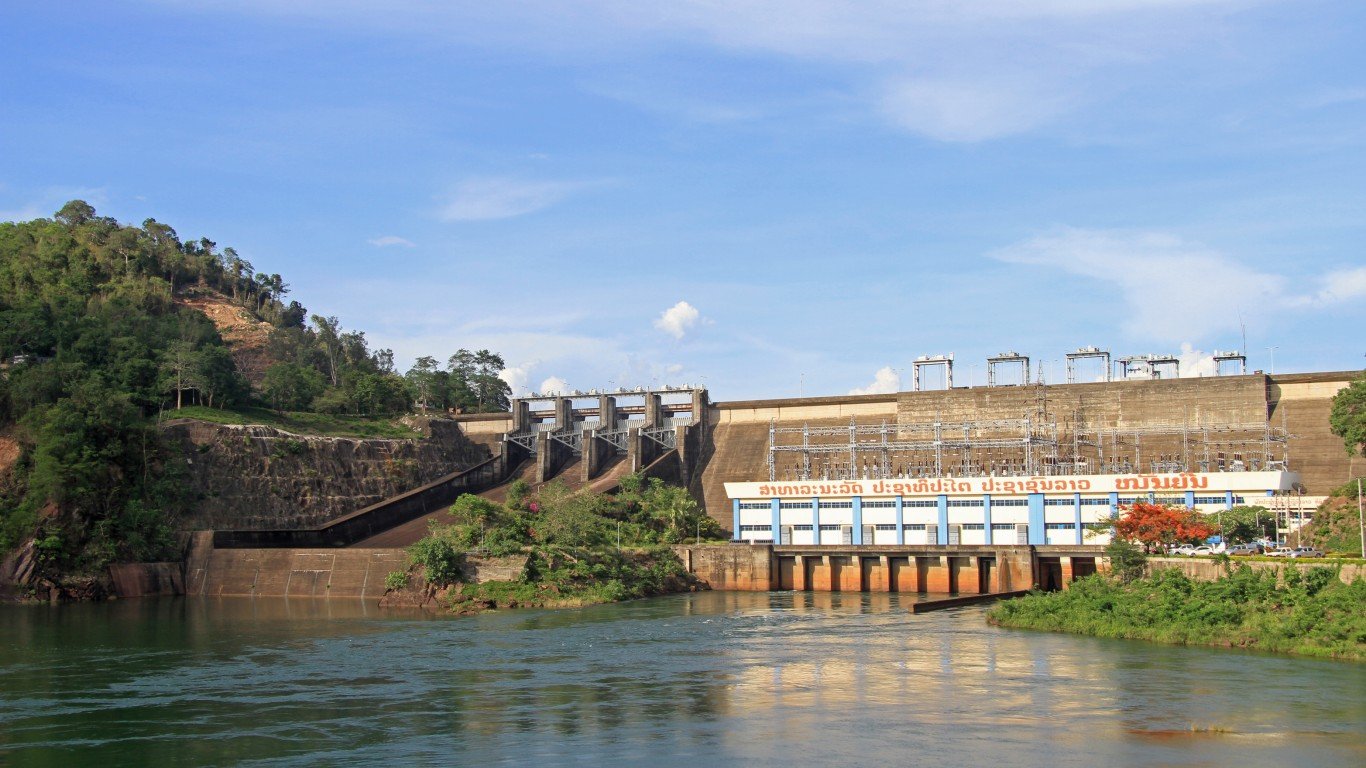
5. Cambodia
> Total CO2 emissions change 2010-2020: 200.48%
> Total CO2 emissions change 1971-2020: 6,871.26% — #4 largest increase of 145 countries
> Total CO2 emissions 2020 in million tons: 15.34 — #94 largest of 145 countries
> CO2 emissions per capita change 2010-2019: 134.23% — #4 largest increase of 144 countries
> Total GHG emissions change 2010-2019: No data
Cambodia had the fourth-highest increase in total CO2 emissions from 1971 to 2020, more than 6,800%, and the fourth-biggest increase in CO2 emissions per capita from 2010 to 2019. The nation has a “road map” for sustainable development. Like many Asian economies, Cambodia’s is growing rapidly. Its average annual growth rate of 7.7% from 1998 to 2019 makes it among the fastest growing in the world.

4. Nepal
> Total CO2 emissions change 2010-2020: 251.50%
> Total CO2 emissions change 1971-2020: 8,470.71% — #2 largest increase of 145 countries
> Total CO2 emissions 2020 in million tons: 16.97 — #91 largest of 145 countries
> CO2 emissions per capita change 2010-2019: 128.76% — #5 largest increase of 144 countries
> Total GHG emissions change 2010-2019: No data
The Himalayan nation had the second-highest increase in total CO2 emissions from 1971 to 2020 of any country on the list at more than 8,400%. The nation’s Act of Nepal includes environmental safeguards and imposes penalties on businesses not doing enough to protect the environment. Air pollution has become a serious threat to the storied city of Kathmandu, known for its historic temples.

3. Tajikistan
> Total CO2 emissions change 2010-2020: 272.48%
> Total CO2 emissions change 1971-2020: 10.92% — #107 largest increase of 145 countries
> Total CO2 emissions 2020 in million tons: 9.45 — #110 largest of 145 countries
> CO2 emissions per capita change 2010-2019: 164.38% — #3 largest increase of 144 countries
> Total GHG emissions change 2010-2019: No data
Tajikistan, a landlocked country in Central Asia, posted the third-highest level of CO2 emissions per capita from 2010 to 2019, at more than 164%. Motor vehicles and industry are the main causes of air pollution. Rising exports of precious metals have helped lift the economy.

2. Mongolia
> Total CO2 emissions change 2010-2020: 539.96%
> Total CO2 emissions change 1971-2020: 2,816.52% — #6 largest increase of 145 countries
> Total CO2 emissions 2020 in million tons: 88.51 — #42 largest of 145 countries
> CO2 emissions per capita change 2010-2019: 35.17% — #26 largest increase of 144 countries
> Total GHG emissions change 2010-2019: No data
Mongolia had the sixth-largest increase of total CO2 emissions from 1971 to 2020, at more than 2,800%. A rugged, landlocked country between China and Russia, Mongolia has many coal-burning power plants and weak environmental laws. Deforestation and desertification also are environmental issues.

1. Lao People’s Democratic Republic
> Total CO2 emissions change 2010-2020: 1,026.53%
> Total CO2 emissions change 1971-2020: 7,932.76% — #3 largest increase of 145 countries
> Total CO2 emissions 2020 in million tons: 33.87 — #69 largest of 145 countries
> CO2 emissions per capita change 2010-2019: 519.38% — #1 largest increase of 144 countries
> Total GHG emissions change 2010-2019: No data
The Lao People’s Democratic Republic, formerly called Laos, had the largest increase in emissions of any country on the list. It posted the greatest surge in CO2 emissions per capita from 2010-2019, at more than 519%, and the third-largest increase in total CO2 emissions from 1971 to 2020, at more than 7,900%. The country is the only Far Eastern landlocked country and among the most sparsely populated.

 24/7 Tempo
24/7 Tempo




